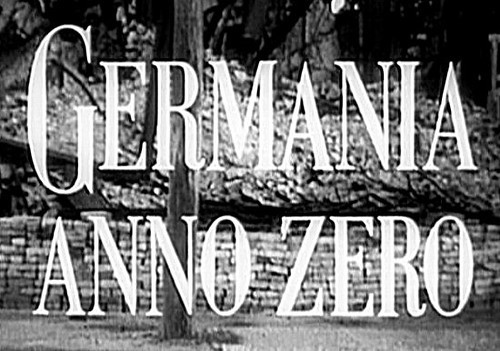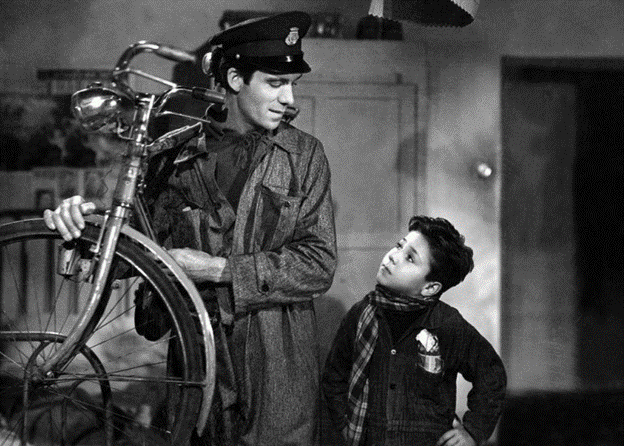First year UG student Teresa Zawieja provides this fascinating analysis of cinema after WWII…
Although some might think that films are only produced in Hollywood and that the only genre are blockbusters, there are other types of cinema too, of course. Most countries have their own film industries and European cinema for example, is notable for five key movements: German expressionism, Italian neorealism, French New Wave, Dogme 95 manifesto and Romanian New Wave. These movements mirror the reality in which they were created, with perhaps Italian neo-realism being the most influential. Although it lasted only a decade, it left its mark on Hollywood in the 1940s and 1950s, British New Wave, Cinema Novo in Brazil and post-revolutionary Cuban cinema.

The Italian movement started during World War II when the country was struggling to cope with high unemployment rate and the devastating legacy left behind after facism. Directors such as Roberto Rossellini, Vittorio De Sica and Luchino Visconti transformed this misery into art as they aimed to depict post-war society and the cruel reality in which million people had to live. Directors tried to achieve this by using non-professional actors and taking their cameras to the streets in order to make their world as “real” as it could possibly be. In reality however, they had few other choices as the studios themselves struggled to recover financially after WWII. In one of his films, for example, Rossellini used a low-quality film stock, giving his work the look and feel of a documentary.

Italian directors did not judge their characters, but instead entered their lives, showed them to the world, and left without any evaluation or comment. The world was harsh and cruel, and filmmakers were not scared to show it. In Rossellini’s Germany, Year Zero (1948), we follow a young boy called Edmund who basically is on his own. Even though his sister is looking for every opportunity to help the family, he also has a brother who is an ex-soldier and is hiding from the system, and a sick father who is constantly repeating that the family would have an easier life without him. Edmund is also trying to support his relatives financially by selling recordings of Hitler’s speeches, but it is not easy. Finally he poisons his father, and the shocking aftermath of that event emphasizes that such distress and tragedy normal life in post-war Germany.
In De Sica’s Bicycle Thieves (1948), a man – Antonio – is struggling to find a job. Though he finds work after his wife pawns her precious dowry bedsheets in order to provide him with a bicycle so he can travel back and forth, it is stolen the first time he uses it. Anyone who ever needed a job might understand how this might have made him feel, and as he searches for the stolen bicycle, Antonio starts to think that there is no justice in his world. No matter how much he needs it in order to support his family, he cannot track it down. Finally, he is so desperate that he steals someone’s bike in front of his young son. But again, it seems that justice does not exist as he is quickly caught and is only saved from arrest when the bicycle’s owner shows some compassion

There is a brutal reality in these films, and the world they show has little justice or fairness. Italian neorealism sought to demonstrate the obstacles faced by post-war societies and serves to remind us how lucky we are that the world has moved on.